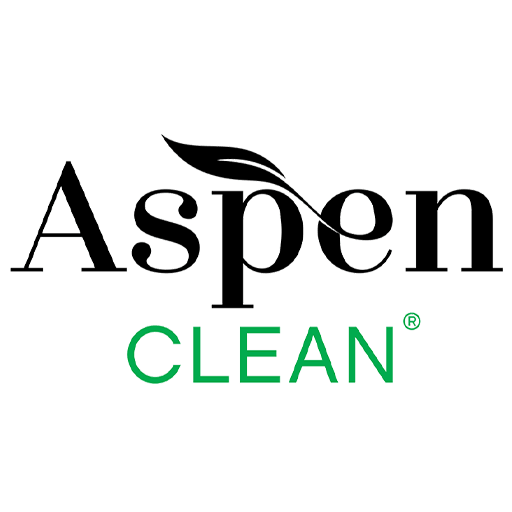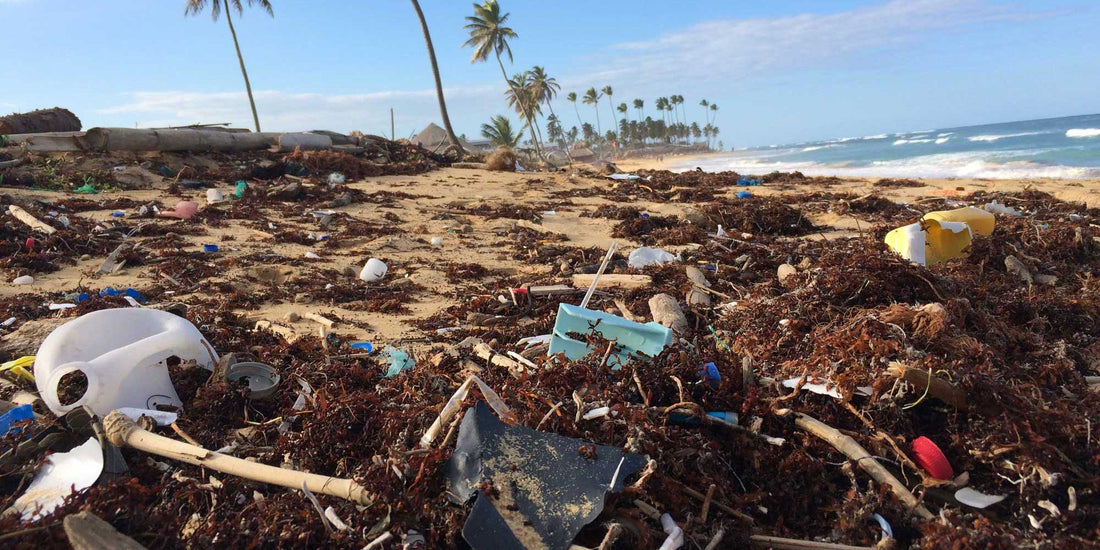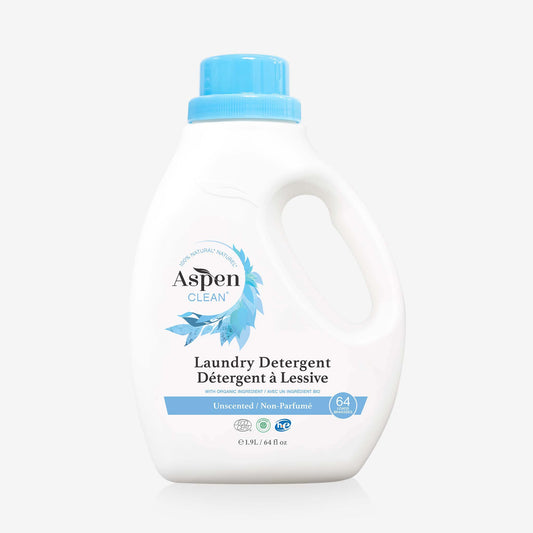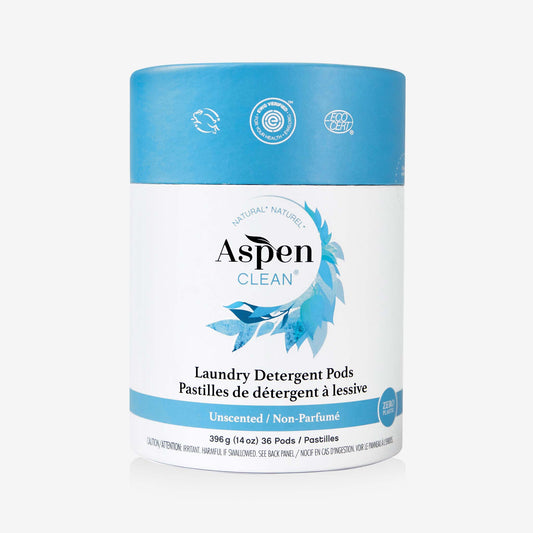THE FACTS ABOUT PLASTIC
Plastics are everywhere, from the clothes we put on in the mornings, to the toothbrushes we use, all the way to the food storage containers we use for lunch. Most of us can't pass a single day without using plastic.
It is estimated that almost 10 million tons of plastic are dumped into our oceans every year. That's the equivalent of one garbage truck load every minute. What's even more shocking is that 40% of this goes into packaging, which is why we need to reduce the amount of plastic packaging around our products.
Back in October 2021, we launched our new line of zero-waste products which are made entirely from plant-based ingredients and packaged in compostable, cardboard containers. In addition to this, all of our bottles are made from 100% post-consumer resin
In the United States alone, 275425 tons of plastic waste are littered every single year. And this littered plastic, together with the mismanaged waste of some other countries, is polluting our environment, with devastating effects. In fact, it is likely that there will be more plastic in the ocean than fish by 2050.
THE RISKS OF PLASTIC POLLUTION
Coral reef ecosystems are some of the most sensitive and also most important ecosystems in the oceans. A shocking majority of those ecosystems have been damaged by abrasion and other interactions with plastic debris such as fishing nets. The entanglement of animals by plastic debris is another danger. It often involves ropes and nets or other fishing gear, but more often than not plastic packaging.
Sea creatures are also in danger of swallowing and ingesting plastic. This might happen intentionally because they mistake the waste for food. In small quantities, ingested plastic can reduce stomach capacity, leading to poor appetite and a false sense of satiation. Sadly, almost 1 million marine animals are killed each year by plastic pollution & entanglement.

Image by Stefan Leijon
MICROPLASTICS - THE UNKNOWN KILLER?
Plastic doesn't degrade quickly in nature as other materials do. Instead, the artificial material breaks down into smaller pieces called microplastics. Microplastics are plastic particles roughly 4.75 millimeters in size or often much smaller. Microplastics aggregate in the bodies of marine life and make their way up the food chain to humans, with so far unknown effects on health. According to the Plastic Oceans Organization, humans will eat over 40 pounds of plastic in their lifetime.
There are risks stemming from the plastic itself, from organic pollutants which have been absorbed by the plastic, as well as leaching of plastic additives, which can have negative effects on our health. For example, Bisphenol A (BPA) is listed as a substance of very high concern by the European Chemicals Agency due to its properties as an endocrine disruptor.
The United States Food and Drug Administration banned its use in baby bottles. Plasticizers such as phthalates, which are added to brittle plastics to make them pliable, are often known or suspected human carcinogens. Vinyl chloride, the precursor to PVC, can be found trapped in PVC products and leach out. VC is known to be a human carcinogen as well.
Unfortunately, plastic pollution in the environment is the result of our actions, and as a result, 95% of our efforts should go into avoiding plastic while 5% should go into retrieving and recycling it.
HOW TO REDUCE PLASTIC IN EVERYDAY LIFE
- The majority of plastic we bring into our homes comes from the supermarket. To combat this, use mesh bags for your fruit and vegetable instead of single-use bags. Also, try to avoid buying pre-packaged fruit and veg like peppers, cucumbers, and apples that don't need a plastic cover. Try your local farmer's market for cheaper, unpackaged produce.

- Bulk-buy at your local supermarket instead of buying pre-packaged sweets, nuts, lentils, rice etc. Alternatively, you can also go to your local refill store and bring your own glass containers. Avoid all products and companies that use clam shells.

- Buy multi-use grocery bags and put them everywhere – in your car, in every purse and in any backpack you can find. This way, you will never have to use the single-use bags of the supermarket ever again!.
- Buy food storage containers and bring them everywhere. It's best to keep one in your car, in case you spontaneously decide to eat out and want to bag the leftovers. Thanks to food storage containers, you can avoid the typical polystyrene containers from the restaurant and the trash that comes with them.
- Try finding alternatives to plastic tools, or avoid using them. A straw for your cocktail? If you don't need it, refuse it when ordering your drink. The plastic lid for your coffee? Only take it if you absolutely need it. Better yet, buy yourself a reusable coffee mug, and get rid of the paper cups altogether! Buy bamboo cotton swabs. Use a bamboo toothbrush. Purchase bee's wrap instead of cling film; it's more eco-friendly and can be reused. Buy camping cutlery to use instead of a plastic knife and fork for your take-out. Get your ice cream in a wafer cone instead of in a plastic cup. Drink tap water instead of buying bottled water. Buy a reusable bottle (made of stainless steel or glass) to replace plastic bottles completely. Buy concentrates whenever possible as they are also cheaper in the long run. There are millions of little things we can do – and every small change can have a huge impact on our environment.
- We know it can be hard to avoid plastic altogether, and we don't expect you to, but instead buy recycled plastic over single-use, if possible. Multi-use plastics, such as sturdy bottles, food containers, kitchen utensils, and many other objects, can be used for years without any harm. When you feel you don't need them anymore, but they are still in good shape, sell them or give them away to people who will use them. Only if it's absolutely necessary, throw them away and ensure you recycle the plastic properly.
HOW TO HELP REDUCE PLASTIC POLLUTION
- If you know Geocaching, you might know what a CITO is. For everyone else, Geocaching is a global high-tech treasure hunt where you use a GPS to locate small containers, so-called Geocaches. After finding a Geocache, you have to log in online on the Geocaching website. CITO stands for Cache In & Trash Out, which are special events organized by the Geocaching members. For a CITO event, all participants will meet in a specified location, get equipped with gloves & trash bags and start picking up trash. These events are usually held in cooperation with local authorities in exchange for being allowed to have a Geocache in the vicinity. CITOs are great fun and the perfect opportunity to rid our environment of litter and plastic.
- You can buy a 4ocean bracelet, either for yourself or for a friend – they make great gifts! Every bracelet is made from recycled materials. The beads are recycled glass and the cord is made from recycled water bottles. The money you pay for the bracelet goes into funding the project – which is removing trash from the oceans! One bracelet removes 1 pound of trash from coasts and oceans, so it is for a great cause.
- Why not have a family fun day cleaning up a beach or another spot in nature close to your home? Get together gloves, trash bags, maybe even trash pickers, and get to work! For the kids, it's a great way of getting into nature, to learn about the environment and sustainability, and to get involved in a project for a good cause. You could also turn it into a competition, giving a prize to whoever picks up the most trash! If it doesn't seem like work or chores, the kids usually love it. If you want to join a greater cause, you can join a scheduled clean-up as a member, or even lead your own!
- The Ocean CleanUp Project is a non-profit organization founded by Boyan Slat in 2013 when he was just 18. He was shocked by the amount of trash he saw in the oceans when on a diving trip and spent 2 years of intensive research figuring out how to get rid of the plastic from our oceans. In September 2018 a system was set up which consists of a 600m long floater with a 3m deep skirt attached below. These systems are fully autonomous and gather plastic trash in a U-shape, where it can be collected, transported to land, and recycled. It is estimated that by 2023 the project will have cleaned up to half of the Great Pacific Garbage Patch.
- Worldwide, there are some great initiatives aiming to reduce plastic litter. In Beijing, passengers receive a credit ranging from 5 to 15 cents per bottle, which they can apply to rechargeable subway cards. In Indonesia, buses accept payment through plastic bottles. And Istanbul has just introduced a system that, similarly to China, let's commuters exchange plastic waste for credit on the city's metro cards. In Germany, Austria and Switzerland, consumers pay money whenever they buy a plastic bottle, and get the amount back when they return it to the shops. Some shops in Italy take back plastic bottles in exchange for points on the customers' loyalty cards. In many countries, you have to pay for plastic bags in the shops. All these initiatives reduce the amount of plastic that could litter the environment and are therefore useful.
Plastic pollution is a huge problem with still unforeseen consequences. But working together, we can reduce the problem and hopefully remove it altogether.





